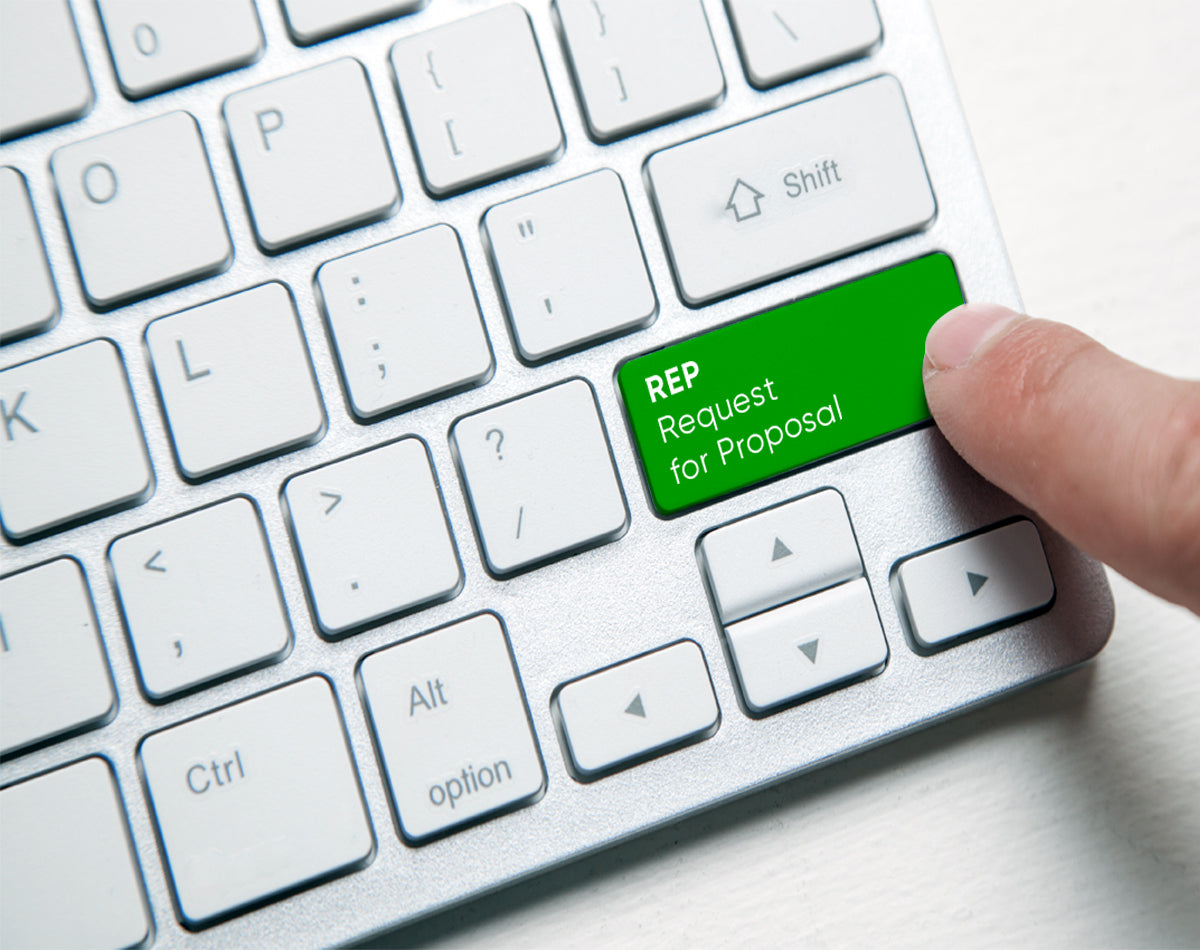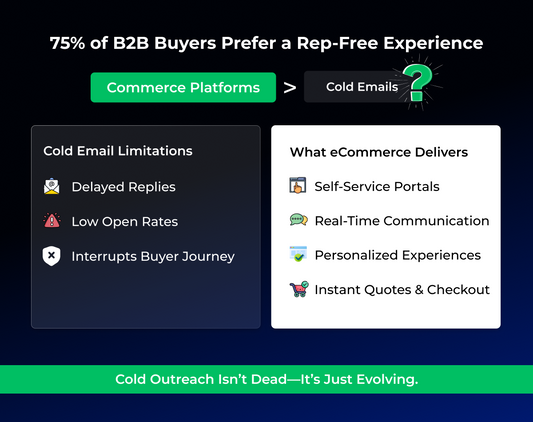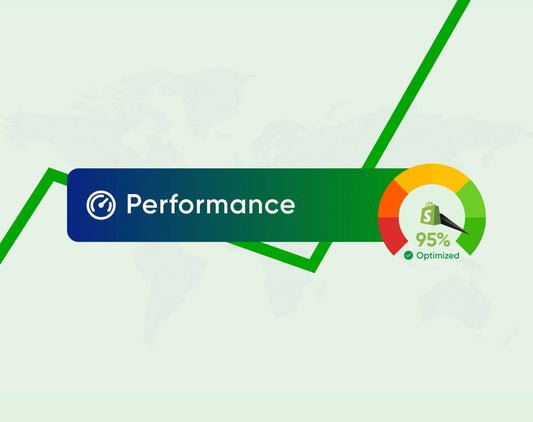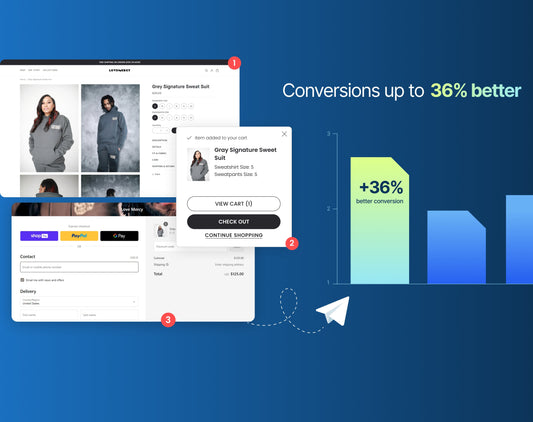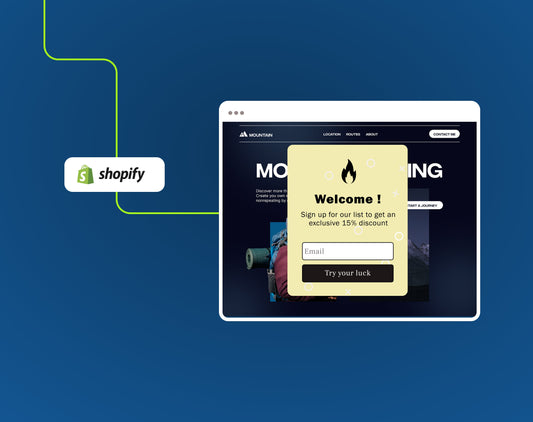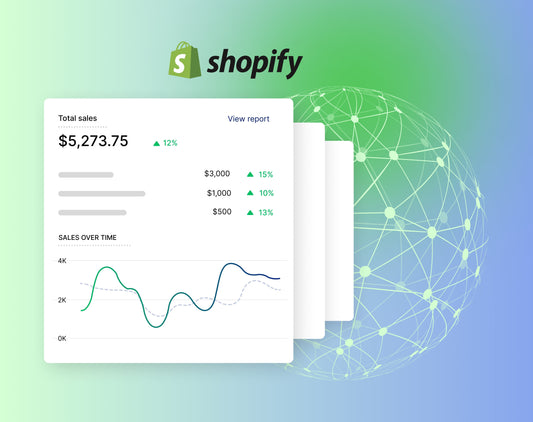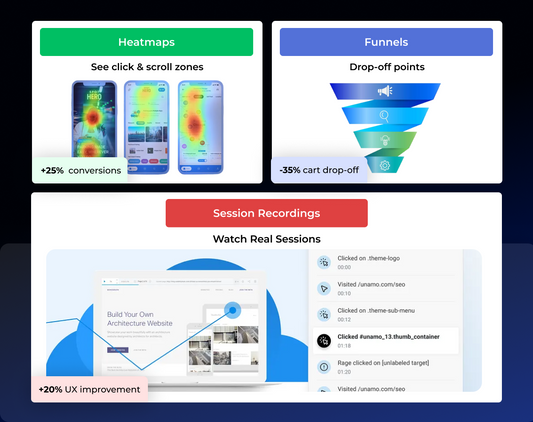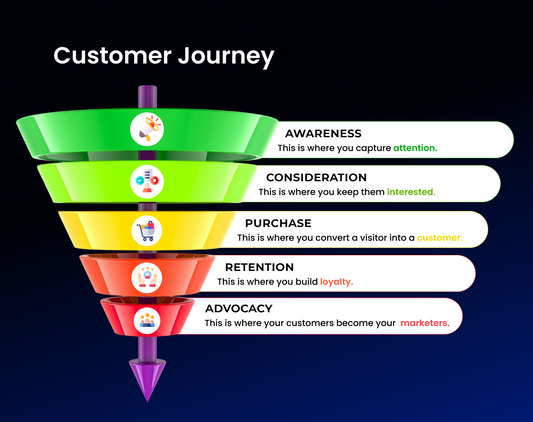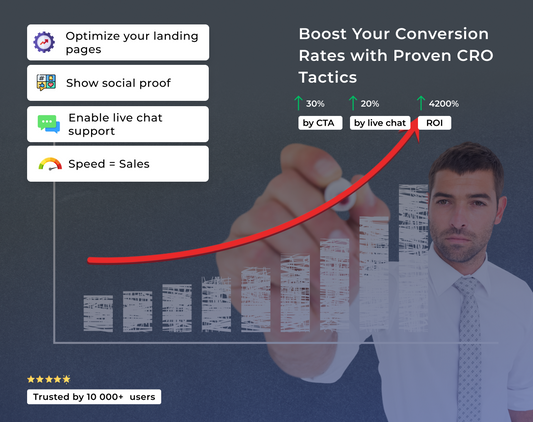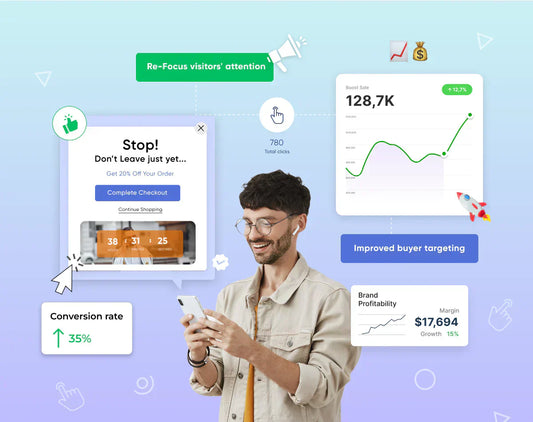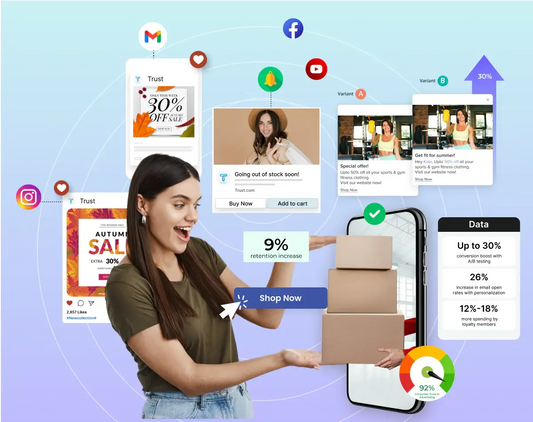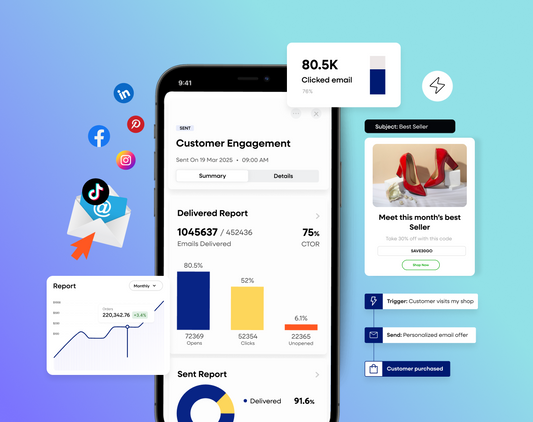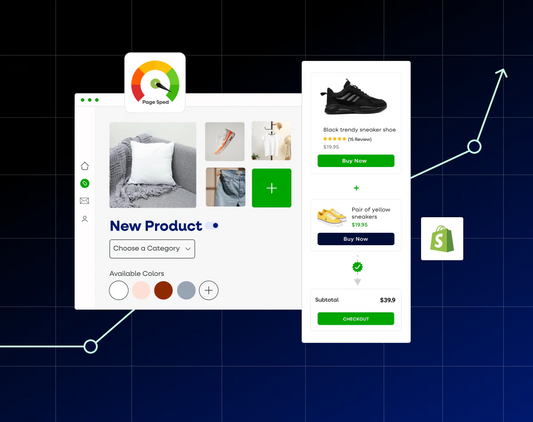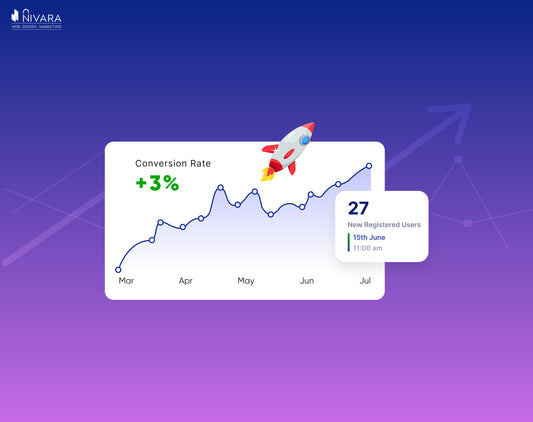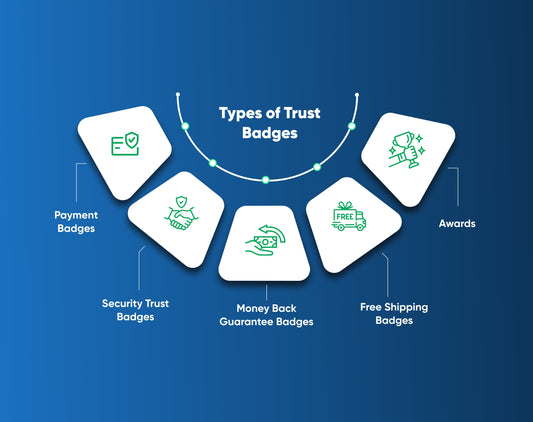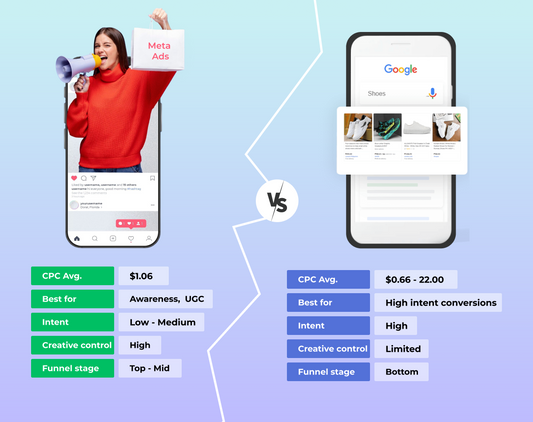In This Story
Being a marketer comes with a lot of responsibilities, and managing everything on your own can be challenging. Some tasks are too complex or time-consuming to manage manually, so it's essential to collaborate with other businesses that provide tools or services to help you work more efficiently. This is where sales copywriting services for drafting a request for proposal (RFP) come in handy, allowing you to attract potential vendors.
If you're new to writing an RFP, you might be unsure of where to begin or what to include. This blog post will guide you in creating a successful RFP that will attract responses from the most appropriate vendors.
So, let's begin!!
What is a Request for Proposal (RFP)?
A Request for Proposal (RFP) is a business document that announces a project and solicits bids from qualified contractors to complete it. It describes the organization issuing the RFP, the scope of the project, and the standards for evaluating entries, as well as outlining the bidding process and contract terms.
RFPs are typically used for complex projects that involve multiple subcontractors, such as construction, marketing, and government agencies.
A well-drafted RFP ensures the success of the resulting solution, and bidders are asked to submit improvements before submitting their proposals.
Advantages of Request For Proposal
When organizations are looking for potential vendors, they use a formal document called an RFP (request for proposal) to solicit proposals. The RFP process has several benefits for these organizations.
- Firstly, RFPs help organizations define their requirements for a project. This is essential because it allows vendors to show how to meet those needs.
- Secondly, RFPs allow organizations to compare different vendors. They can compare factors like pricing and capabilities to decide which vendor is best suited for their needs.
- Thirdly, RFPs ensure that the selection process is fair and transparent. All vendors have equal access to the RFP and submit proposals based on the same criteria.
- Lastly, the RFP process can be streamlined by automating tasks such as updating vendor profiles, tracking RFP progress, and calculating proposal scores. This can result in more RFPs, more competitive bids, less errors, and improved sourcing efforts.
7 Essential Sales Copy Writing Steps To Draft a Request For Proposal
We have mentioned the essential steps of content copywriting services to start drafting your proposal request here.
1. Describe your project, scope, and budget.
Before sending out your RFP, it's essential to first define the projects, scope, and budget. This will provide the basis for your Request for Proposal (RFP) and help you achieve the right balance between being too vague and too detailed. By doing so, potential vendors will better understand your needs, enabling them to tailor their proposals accordingly.
It's best to keep the project description simple and easy to understand, avoiding technical terms or industry jargon that may confuse you. A slight variation in this aspect can significantly impact the proposals you receive, ensuring that they align better with your requirements. Here's an example of a proposal:
Our agency specializing in eCommerce conversion rate optimization is searching for a CRM system that seamlessly integrates with our current marketing automation software and offers real-time reporting. We require a user-friendly solution that can expand as our customer base grows. Our budget for this project is $40,000.
In order to make it simpler for vendors to understand your needs and create a proposal that meets your needs, provide a clear description of the services needed, your budget, and key specifications. Avoid using overly technical language and jargon that might be confusing to vendors. Professional freelance copywriter services or a copywriting agency come in handy here!
2. Provide background and introductory information.
Once you have determined your budget and scope, it is time to start creating your RFP. First, you should provide some background information and introductory data about your company. This will give potential partners a better understanding of your current market, business objectives, and existing obstacles.
Here are three tips for including this information:
- Start with a high-level overview of your agency, including your history, mission, vision, and current market position. This will give vendors a better understanding of your business goals and help them tailor their proposals to your organization's values and objectives
- List the current challenges and opportunities you're facing. This will help vendors understand your specific areas of need and provide new or better options.
- Ensure that you provide contact information so vendors can submit questions about your RFP. For easy communication, provide an email address, phone number, etc.
By providing these details, you can help vendors create a tailored proposal that aligns with your organization's goals.
3. Explain the services you’re looking for.
It's time to focus on the services needed to achieve your goals. For example, if you're creating a Shopify website, look for a company with experienced front-end and back-end Shopify developers.
If you're developing a mobile app, emphasize the need for skills in responsive design and building applications for multiple mobile platforms. When describing the services you need in an RFP, it's best to use bullet points or break up the information for easy scanning. Here is one example:
RFP for sales copywriting services: Our company seeks website content marketing services to create a customized content marketing plan that caters to our target audience. Our aim is to attract and engage potential customers while maintaining our current ones. Our ideal vendor:
-
Has experience in making content in different formats, such as blog posts, social media, infographics, and videos
- Has experience in SEO optimization, keyword research, and content distribution.
4. Define any obstacles or difficulties to the success of the project.
When bidding on a project, it's essential to be open about any obstacles that may arise. This allows potential partners or vendors to offer solutions and have a clear understanding of the project's scope. Not doing so may cause delays, increased costs, or even project failure. It's also crucial to avoid withholding information, as this could create a lack of trust and misaligned expectations between your company and the vendor team.
Being transparent about potential barriers to success can increase the chances of finding the right vendor and successfully completing the project.
5. Describe your selection criteria.
When creating a request for a proposal, it's essential to include a detailed list of criteria for evaluating proposals. This will give vendors a clear understanding of how they will be assessed and their chances of winning the bid. By sharing your priorities, basic requirements, and preferences, vendors will know what you're looking for and can better position their offerings.
For instance, you may prioritize agencies that specialize in content production rather than marketing services. Your basic requirements include the ability to plan and execute social media marketing campaigns, and you may prefer agencies with experience in a particular industry.
By being specific, you'll attract the most qualified vendors, making it easier to sort through your options.
6. Set your project’s timeline.
When issuing an RFP, it's crucial to communicate your project timeline and deadlines upfront. By providing a clear end date for proposal submission, final selection, and project completion, potential partners can tailor their bids accordingly. This helps to narrow down the pool of vendors and ensures timely completion of the project.
A timeline also benefits vendors by providing clear guidance on when the project must be completed so they can plan their resources accordingly. To avoid any delays, vendors can communicate the necessary deadlines to their teams. Keep in mind that the timeline will vary depending on your RFP's format and your target vendors' industries.
7. Proofread your RFP thoroughly.
It is crucial to proofread your RFP thoroughly before sending it out to potential vendors. Even small errors can cause project delays and require a complete restart of the RFP process. The incorrect details can make it difficult to receive a high response rate from vendors.
Once you have ensured that your RFP is accurate and complete, it is time to send it out and start the process of finding the best-fit provider. To simplify the process, consider using proposal software to manage and publish responses to your RFP.
By following these essential points, you can create your own RFP template and start accepting bids from vendors.
Conclusion
An RFP is a document that outlines a project and is used by both the company issuing it and the companies responding to it. A clear and well-written RFP conveys the purpose of the proposal and ensures that the final outcome will meet expectations.
Additionally, it promotes a fair and open process by allowing multiple bidders to respond and providing the organization with the opportunity to review different approaches and prices before selecting the one that best suits their needs.
